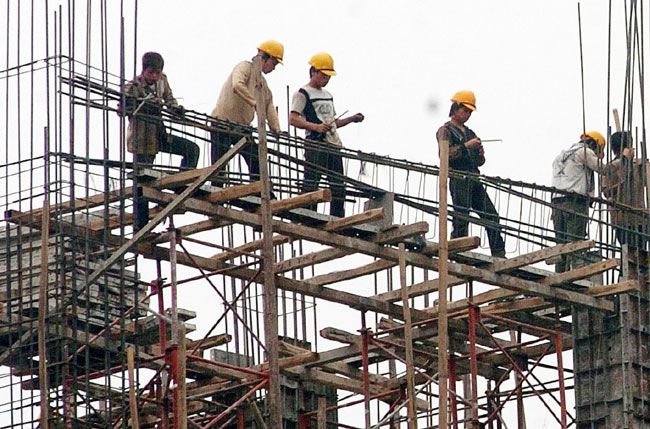Scaffolding is a temporary, elevated platform used to provide access and support for workers at heights, commonly employed in construction and renovation. Safety is paramount, and various standards and guidelines ensure the safe erection, use, and dismantling of scaffolding. Key safety aspects include ensuring the scaffold is stable, properly braced, has safe access points, and is inspected regularly.
Scaffolding is a temporary structure used to provide a safe and stable platform for workers during construction. It consists of various components and uses different materials, depending on the project requirements. Key components include standards (vertical supports), ledgers (horizontal supports), transoms (transverse supports), scaffold boards, braces, base plates, and safety features like guardrails and toe boards.
Inspection and maintenance are both essential for the proper functioning and longevity of equipment, but they serve distinct purposes. Inspection involves examining equipment to identify defects or potential issues, while maintenance encompasses actions taken to keep equipment in good working condition.
Advanced applications, particularly Artificial Intelligence (AI) and semantic web technologies, are increasingly being used in emergency response to improve decision-making and efficiency. These technologies can help with information acquisition, interpretation, and management, leading to better responses during crises. Moreover, AI can be used to identify hidden biases and improve equity in resource allocation, as seen in the distribution of COVID-19 vaccines.





